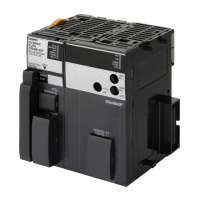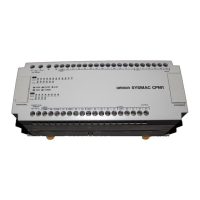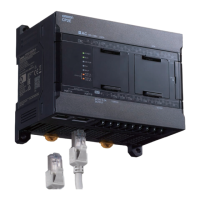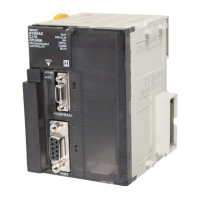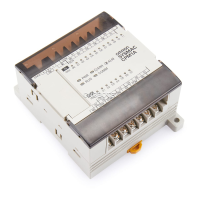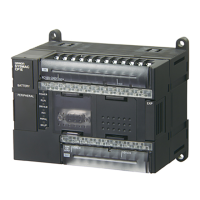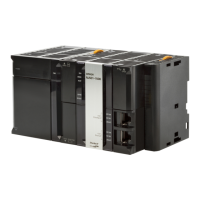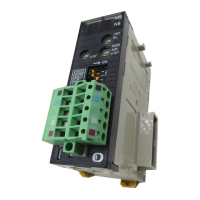7 Troubleshooting and Maintenance
7-18
CJ-series PROFIBUS Master Unit Operation Manual for NJ-series CPU Unit (W509)
This section deals with troubleshooting the I/O communication on the network. The tables below
describe the general perceived problem to the user, probable causes and probable remedies.
Parameter fault The parameters sent by the Master Unit are rejected by the slave device. The Parameter
request used indicator will also be ON.
• Check the common parameter settings in the Slave DTM. Make sure the parameters are
within range, and match the physical configuration of the slave device.
• Consult the operation manual of the slave device. Check if additional parameters must be
selected (e.g. parameters associated with selected I/O modules).
Master lock The slave device is parameterized and locked by another Master Unit on the network. The
Parameter request used indicator will also be ON.
• Remove the slave device from either one of the two Master Units on the network.
• Switch off the other Master Unit.
Parameter request used The slave device is not in I/O data exchange with the Master Unit and has requested new
parameters.
• Check the parameters and the I/O configuration for the slave device and make sure they are
correct (Check the Parameter fault, Configuration fault and Master Lock indicators).
Static diagnostics The slave device is sending static diagnostics and is not exchanging I/O data. This usually indi-
cates a problem at the slave device which prevents it from reading its inputs or setting its out-
puts.
• Check the slave device and make sure that it is working properly.
• Check any loose modules, in case the slave device is a modular device.
• Check the wiring of the I/O at the slave device. Slaves can often detect short-circuits on their
physical I/O.
• Consult the operation manual of the slave device. Check if additional action must be taken to
initiate I/O data exchange (e.g. reset the device after a malfunction).
Station type This indicator only indicates the device type (i.e. slave device) and does not indicate a prob-
lem.
Watchdog On This indicator only indicates that the Watchdog has been enabled at the slave device and
does not indicate a problem.
Freeze mode This indicator only indicates the slave device has received a Global-Control Freeze command
and does not indicate a problem.
Sync mode This indicator only indicates the slave device has received a Global-Control Sync command
and does not indicate a problem.
Slave deactivated This indicator indicates the slave device has been disabled in the Master Unit and does not
indicate a problem.
Extended diagnostics over-
flow
The slave device has more diagnostics to report than it can hold in its buffer. This is usually an
indication for problems.
• Check the slave device’s extended diagnostics information. Open the associated Slave DTM
to check on the contents of the extended diagnostics, if this has been returned.
• Check the slave device and make sure that it is working properly.
• Check any loose modules, in case the slave device is a modular device.
• Check the wiring of the I/O at the slave device. Slaves can often detect short-circuits on their
physical I/O.
• Consult the operation manual of the slave device. Check if additional action must be taken to
initiate I/O data exchange (e.g. reset the device after a malfunction).
7-4-3 Troubleshooting I/O Communication
Indicator Description/Correction
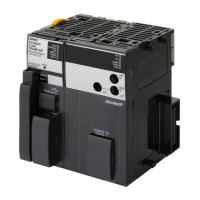
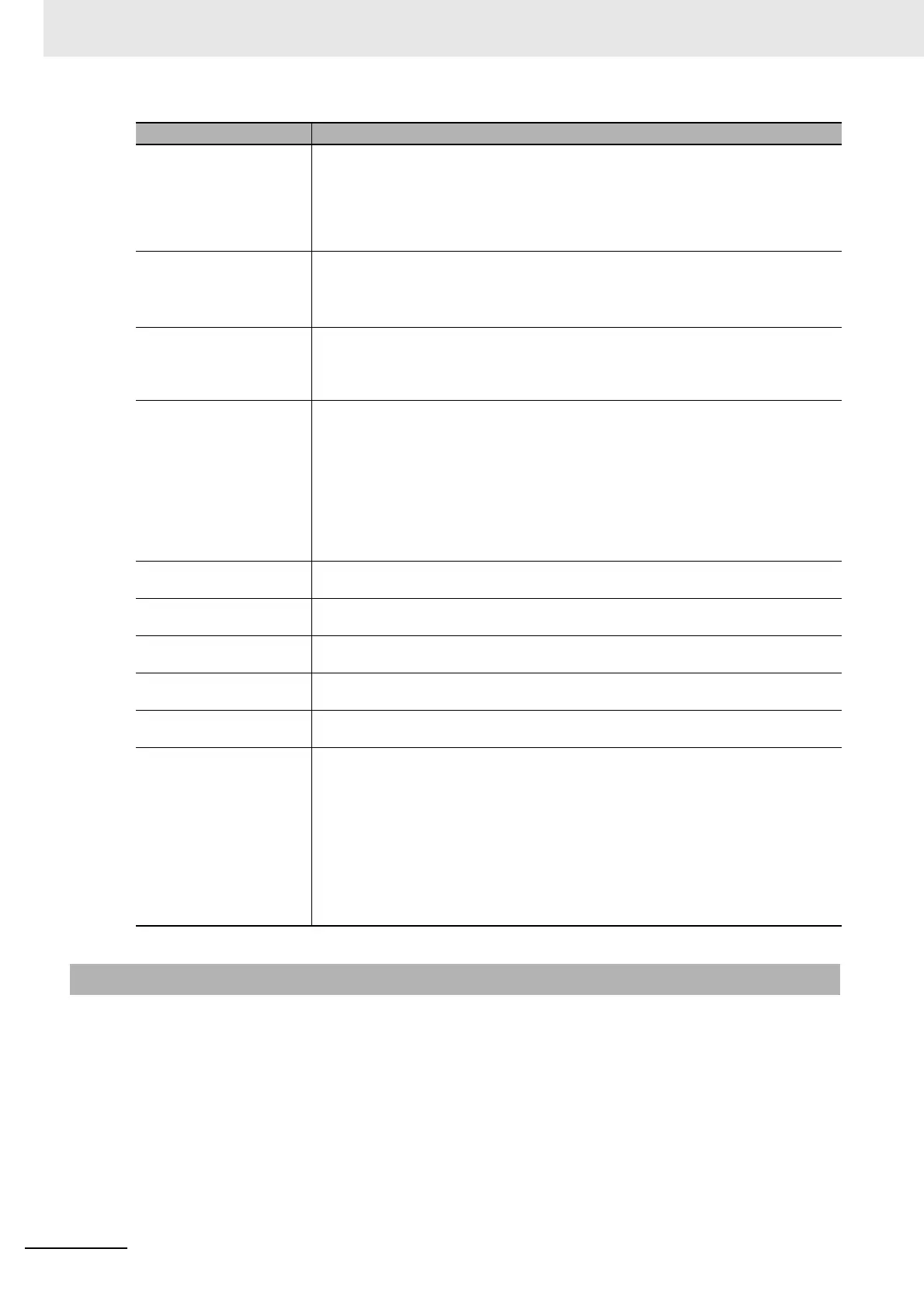